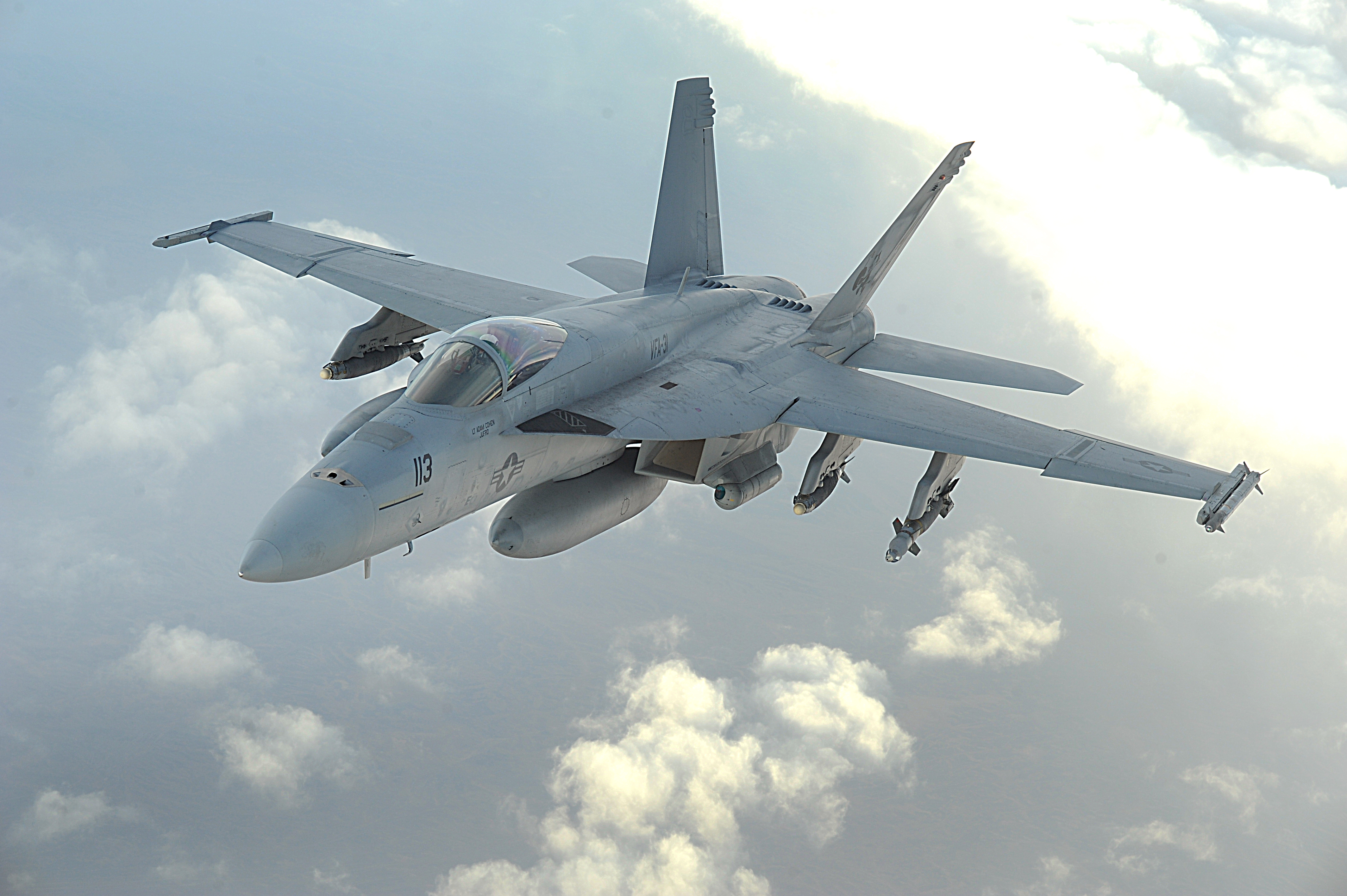This afternoon the Government of Canada announced that it will pursue the purchase of 18 Boeing F/A-18 Super Hornets as a "stop-gap" measure on the CF-18 Replacement Procurement file which has been laden with issues for years.

During the 2015 Election, the Liberals promised to quickly launch a competition to replace the ageing fleet of the RCAF CF-18 Hornets. Originally purchased in the 1980s, the RCAF intended to fly the CF-18 for 20 years, and replace the fleet in the early 2000s. Many of the 77 serviceable CF-18s are older than 35 years and are flying much longer than the manufacturer intended.
Therefore, according to Minister of Defence Sajjan and General Vance a capability gap has arisen. Sajjan said that Canada has commitments to NATO and NORAD to have a specific number of serviceable aircraft on any given day, and when combined the RCAF is not currently able to meet these requirements.
To address this capability gap, the Government intends to enter into negotiations with Boeing on the F/A-18, and will purchase the aircraft as long as the purchase is cost and benefit effective to Canada. Yet the Government has no plan should these benefits not benefit Canada. Sajjan indicated that due to national security; he could not provide numbers of required jets, or if Canada had declined missions due to the gap. General Vance indicated that yes some missions were declined but did not go into details; while reiterating the importance of the RCAFs role in deterrence in the defence of Canada.
Sajjan and Minister of Procurement Canada Foote both blamed the previous Government for the delay on the CF-18 replacement. Both indicated that the replacement of the CF-18 should be months away if the Conservatives had actually closed the file.
Sajjan and Foote diverted away from any discussions of sole-sourcing the interim purchase.
The Government will open an open and transparent competition for a permanent fleet at some point in 2017 - a process that will take a minimum fo 5 years. A term that seems extremely long, especially as the file has been partially open for nearly a decade. Sajjan announced that the Canada will remain part of the JSF-Consortium, and Foote did not say that Lockheed Martin would be excluded - so therefore, the JSF F-35 will be allowed to bid.
The government believes that once the 5-year competition is complete, the delivery of the new fleet of fighter aircraft will be by late 2020. Therefore the current CF-18s will undergo further life-extension plans to keep flying until at least 2030. Canada is entering into the unknown with the CF-18 lifespan; no other country will have flown the "legacy" model of the F-18 this long.
Foote defended the length of the competition, by saying the Government does not want any mistakes. Foote confirmed that the Government is working with the American government on this file - almost indicating that the F/A-18 or the F-35 will be selected during the 5 years competition.
When asked why the F/A-18 was selected as the interim option Foote and Sajjan both indicated that the RCAF could not select an aircraft in development, and therefore the F/A-18 was the best option. When asked about the numerous European models that are in-service; they reiterated the interoperability with the American forces. Further, strengthening what many believe will be a 2 horse race - the F/A-18 or the F-35.
The announcement today indicated that investments will be made into the "legacy" CF-18s to ensure that they can safely operate for the RCAF and the safety of Canada and global security.
Foote indicated that the Government does not believe that the purchase of the F/A-18 Super Hornet will not stack the deck in favour of Boeing anymore than it does Lockheed Martin by remaining in the JSF-Consortium.
The government has not made any plans on what to do with the "interim" aircraft once a permanent fleet is selected. Any decisions on the disposal of the interim fleet will only be made in the future according to General Vance.
This announcement will invest billions of dollars into the interim fleet, as well as billions into a future permanent fleet. So where the savings will come for the future of the Royal Canadian Navy will be made is anyone's guess.
No comments:
Post a Comment